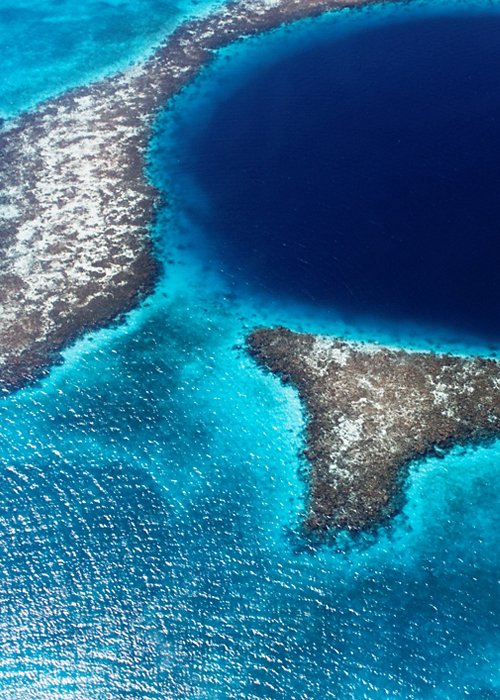A group of scientists conducted a research expedition to the bottom of the Great Blue Hole off the coast of Belize and gathered some worrying findings. By analysing a 30-metre sediment core extracted from the floor of the sinkhole, they discovered that the frequency of tropical cyclones has increased over the past 5,700 years. This trend is expected to intensify further due to climate change. The study identified 694 event layers revealing a clear regional trend of increasing storm activity in the southwestern Caribbean, linked to an orbital shift of the Intertropical Convergence Zone. A projection for the 21st century suggests an unprecedented increase in tropical cyclone frequency, due to industrial-era warming. The Great Blue Hole is a popular destination for divers, made famous by the renowned oceanographer Jacques Cousteau. Its 124-metre depth and upper water layers provide a refuge for marine life. The sinkhole’s (a term referring to a naturally occurring underground collapse) unique environmental conditions – such as the anoxic water at the bottom and multiple stratified water layers – have allowed fine marine sediments to accumulate largely undisturbed. The sequentially deposited mineral layers at the bottom of the sinkhole form an excellent archive of past events, such as cyclones that stir up and deposit fresh material. Within the sediment core, the annual layers appear much like tree rings, alternating in colour between grey-green and pale green depending on their organic content. Violent events such as cyclones leave behind layers with coarser sediment grains, clearly distinguishable from “fair-weather” sediments by their grain size, composition, and colour, ranging from beige to white. The Great Blue Hole originally formed as a limestone cave and turned into a sinkhole during the last Ice Age, when its roof collapsed and the cavity was subsequently flooded, giving rise to today’s marine ecosystem. The sediment core study spans the last 5,700 years, during which researchers identified 694 layers attributed to tropical cyclones, thus reconstructing the evolution of their frequency over time. A steady upward trend in cyclone activity was observed, driven by a southward shift of the equatorial low-pressure zone known as the Intertropical Convergence Zone. Short-term fluctuations in cyclone frequency were also recorded, correlating with warmer and cooler periods in Earth’s climate, with cyclones being more frequent during warm phases. Based on these patterns, we may be heading towards an unprecedented peak in tropical cyclone activity, with nine cyclonic events in the past 20 years alone, an unusually high frequency compared to typical natural climate variability. The findings suggest that around 45 tropical storms and hurricanes could strike this region in this century alone, far exceeding the natural variability of the past millennia. The team’s research was published in the journal Science Advances.



